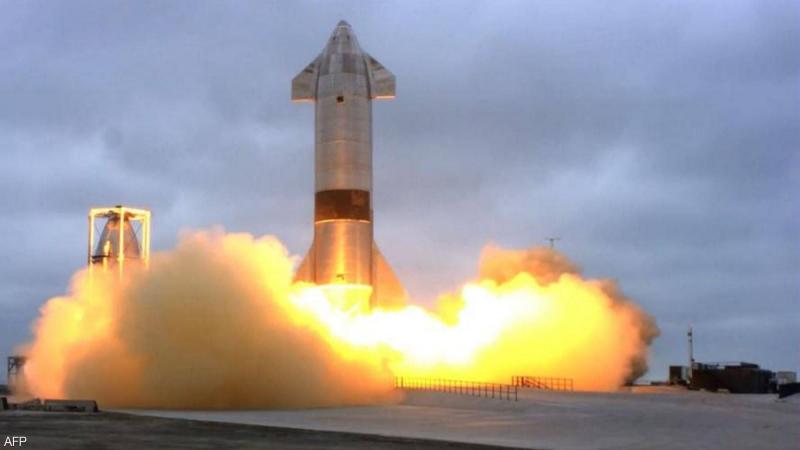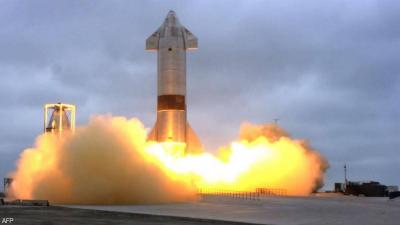SpaceX successfully launched the "Starship" Starship Serial Number 15, becoming the only prototype to survive a high-altitude flight test. The prototype was launched on Wednesday evening from a testing facility in Boca Chica, Texas.
SpaceX CEO Elon Musk tweeted, "The spacecraft has landed successfully." According to the British newspaper "The Sun," the vehicle reached an altitude of 6 miles. The 16-story spacecraft, equipped with three engines, returned to a vertical position under rocket thrust as it approached the ground, landing gently on the landing pad, as reported by Reuters.
John Insprucker, an engineer at SpaceX, stated during a live commentary on the flight, "We have landed, the spacecraft has landed." The flight coincided with the 60th anniversary of the first flight of an American astronaut, during which Alan Shepard launched on a 15-minute suborbital mission aboard NASA's Mercury Redstone rocket from Cape Canaveral, Florida.
SpaceX hopes to eventually send the spacecraft to the Moon and Mars. This is the fifth test for the "Starship," and the first without an explosion. Four previous test flights of Starship prototypes, including SN8 in December, SN9 in February, and SN10 and SN11 in March, were all successful but exploded upon landing attempts. The vehicles also experienced failures despite successful launches and ascending several miles in the air. Additionally, issues arose during landing, resulting in explosions upon the vehicle's contact with the ground.




